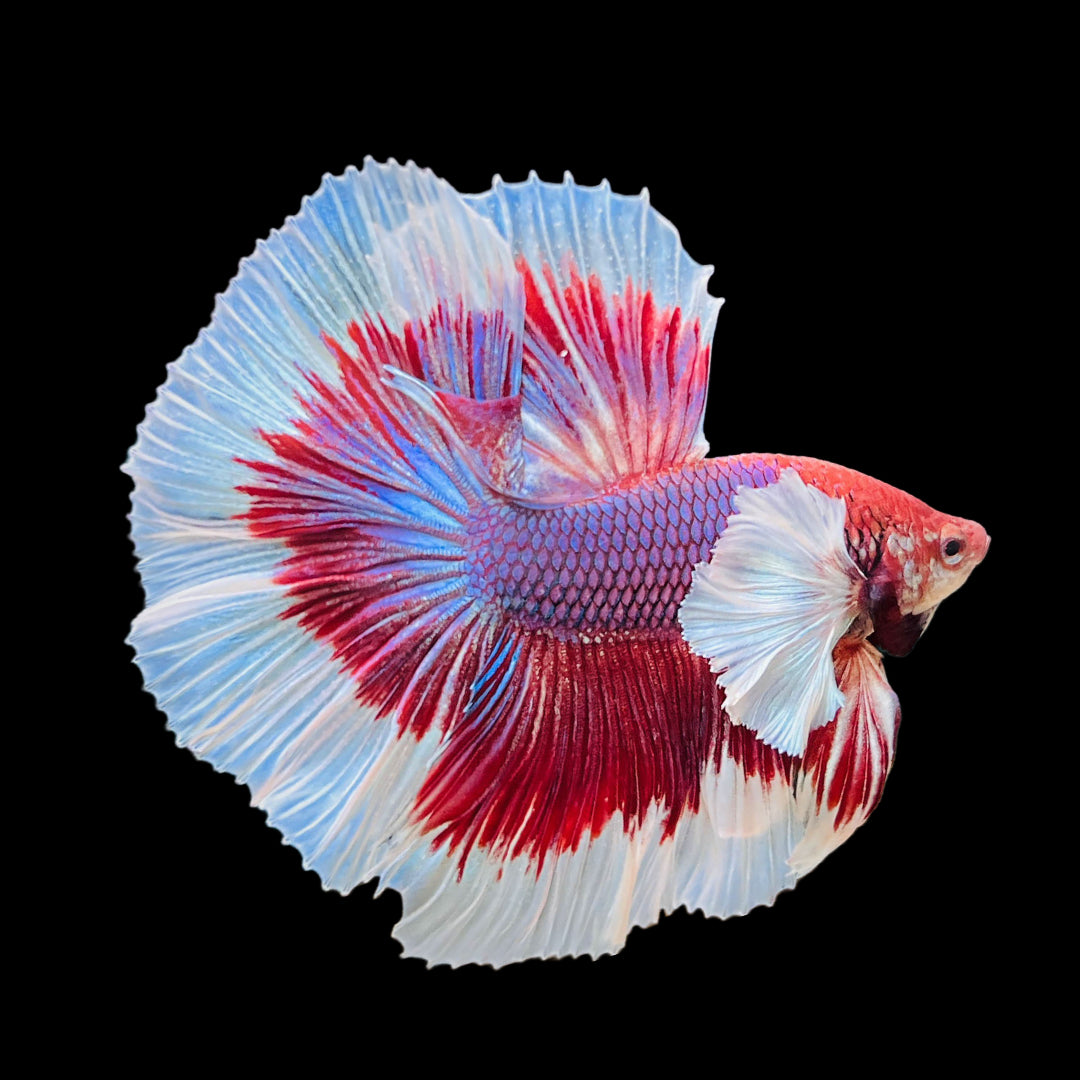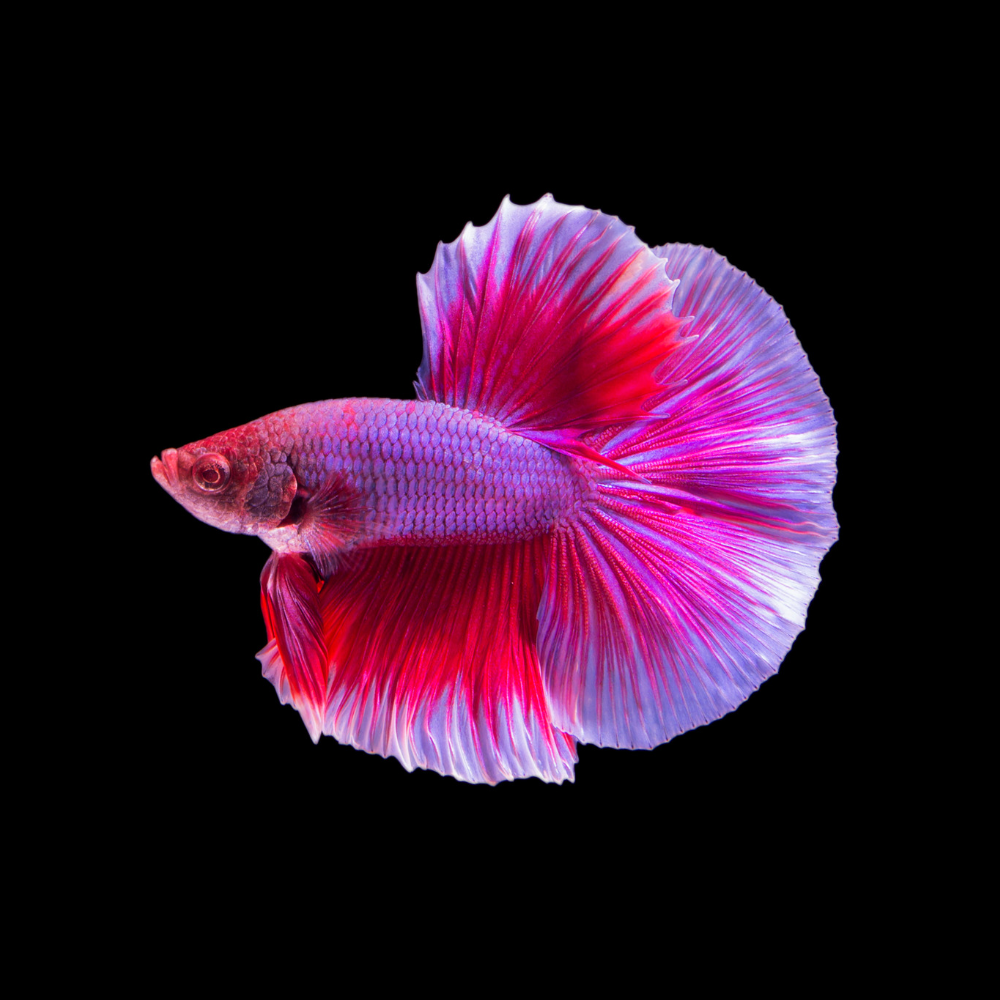Betta Fish Tank Arrangement: A Step-by-Step Guide for Beginners
How to Breed Betta Fish Efficiently: Specialist Methods and Insights for Hobbyists Aiming To Expand Their Betta Collection
Reproducing Betta fish needs a nuanced understanding of genes and environmental problems, making it necessary for enthusiasts to come close to the procedure with both diligence and care. Creating an ideal breeding atmosphere, selecting the right pairs, and observing the complexities of their courtship habits are fundamental steps that can dramatically impact the outcome. The subsequent treatment of the fry is crucial for ensuring their healthy development. As we discover these crucial components, it ends up being clear that successful reproduction is not practically the first pairing yet encompasses a wider approach that qualities careful consideration.
Comprehending Betta Fish Genes
Comprehending the genes of Betta fish is vital for successful reproduction, as it influences characteristics such as shade, fin form, and behavior. Betta fish display a varied array of colors and patterns, mostly determined by their genetic make-up. The main genes accountable for coloration include the "B" gene for blue, "D" gene for red, and the "C" gene for color intensity. Breeders can adjust these qualities by selecting specific parent fish that show wanted attributes.
Along with coloration, fin morphology is another substantial element of Betta genes (betta fish). The form and size of fins are affected by various genetics, including those that establish whether the fins are brief, long, or veil-shaped. Comprehending these hereditary variants helps breeders forecast the phenotypic results of their children
Additionally, behavior characteristics such as aggression and territoriality can additionally be influenced by genetics. These behaviors play a vital duty in the reproducing process, as they can affect spawning success and the overall temperament of the resulting fry. By adequately understanding these hereditary concepts, breeders can make enlightened choices, ultimately improving their breeding programs and achieving preferable outcomes.
Preparing the Breeding Atmosphere
Creating an optimal breeding setting is important for the successful reproduction of Betta fish. The initial action in preparing this setting is to choose a suitable breeding storage tank, preferably ranging from 5 to 10 gallons.
Following, consider making use of a sponge filter or an air rock to supply gentle water blood circulation without producing solid currents that can emphasize the fish. It is important to set up plants or reproducing cones to provide hiding places and advertise comfort for the lady throughout the spawning procedure. Drifting plants, such as Java moss or water sprite, can additionally produce an extra natural surroundings while assisting in bubble nest structure by the male.
Prior to introducing the breeding pairs, guarantee the water is conditioned and free from unsafe chemicals, such as chlorine or hefty metals. betta fish. Routine water adjustments ought to be conducted to maintain optimal water high quality, enhancing the chances of successful try this site reproduction. With these prep work in area, the breeding setting will sustain the wellness and well-being of both Betta fish
Picking Reproduction Pairs
Picking the best breeding sets is essential for accomplishing successful Betta fish reproduction. When selecting your reproduction sets, take into consideration numerous crucial elements consisting of health, personality, and genes. Healthy Betta fish exhibit vibrant colors, clear eyes, and energetic actions. Picking fish that are devoid of condition ensures a much better possibility of creating sensible children.
Character is one more essential factor to consider, as Betta fish are known for their hostile nature. It is a good idea to select a male and lady that show suitable characters to decrease stress and anxiety throughout the breeding procedure. A calm male can urge a smoother courtship, while a woman that is also aggressive might interfere with the procedure.
Genetic background also plays a considerable function in the quality of the children. Reproducing fish that are genetically diverse can minimize the threat of genetic wellness concerns and boost the general vigor of the fry. It is advantageous to research the lineage of both the man and female, focusing on preferable attributes such as fin kind, color patterns, and size.
The Reproduction Process
The breeding process of Betta fish calls for cautious preparation and focus to detail to ensure a successful end result. It is essential to prepare a suitable breeding container, ideally a 5-10 gallon aquarium with a temperature level preserved at 78-80 ° F. The tank should be outfitted with a heating unit, filter (ideally sponge kind to avoid strong currents), and lots of marine plants for the lady to conceal.
When the environment is established, introduce the picked reproducing pair to the storage tank, permitting look at this website them to adjust. Observe their behavior; the man will certainly display fancy courtship rituals, including flaring his fins and constructing a bubble nest. If the lady shows interest, she will display upright red stripes indicating readiness for spawning.
When the lady is responsive, both will participate in a mating welcome, throughout which the male feeds the eggs. It is crucial to monitor their interactions very closely, as the male may come to be hostile. After spawning, remove the female to avoid possible harm. The male will certainly often tend to the eggs, which generally hatch out within 24-36 hours. Preserving ideal water conditions throughout this duration is crucial for the development of healthy and balanced Betta fry.
Caring for Betta Fry

Feeding Betta fry is critical, as they require a diet plan high in healthy protein. They can be fed infusoria or fluid fry food, transitioning to carefully crushed top notch pellets as they grow. Feed small sections numerous times a day to urge healthy and balanced development without overwhelming the storage tank with leftover food.

As they mature, monitor their development closely and separate any hostile individuals to avoid injury. By providing a nurturing atmosphere and proper nourishment, hobbyists can successfully raise Betta fry right into dynamic, healthy and balanced fish, ultimately improving their reproduction undertakings.
Conclusion
Successful Betta fish reference reproduction requires thorough interest to genetic selection, ecological problems, and treatment for the fry. By understanding the genes of Betta fish and preparing a proper breeding atmosphere, hobbyists can improve the possibilities of generating dynamic, healthy offspring.